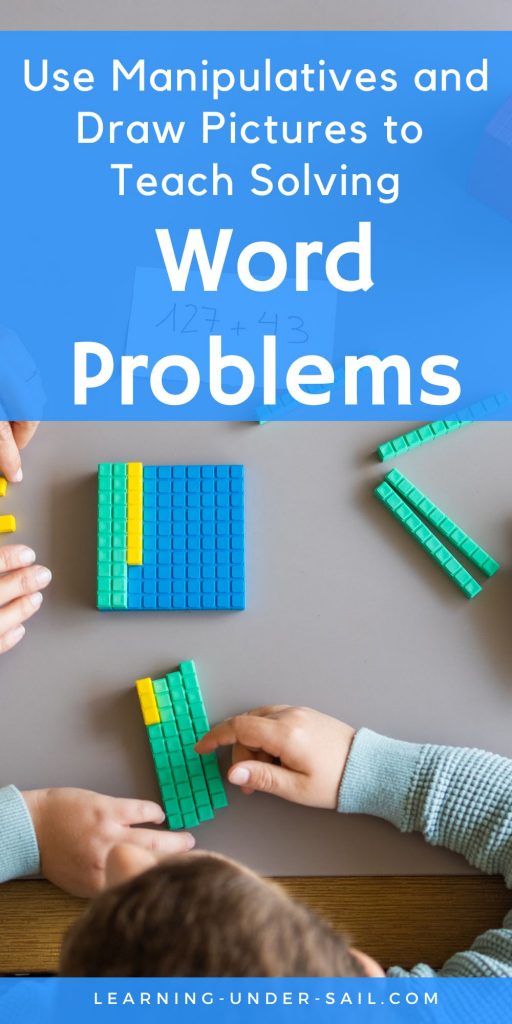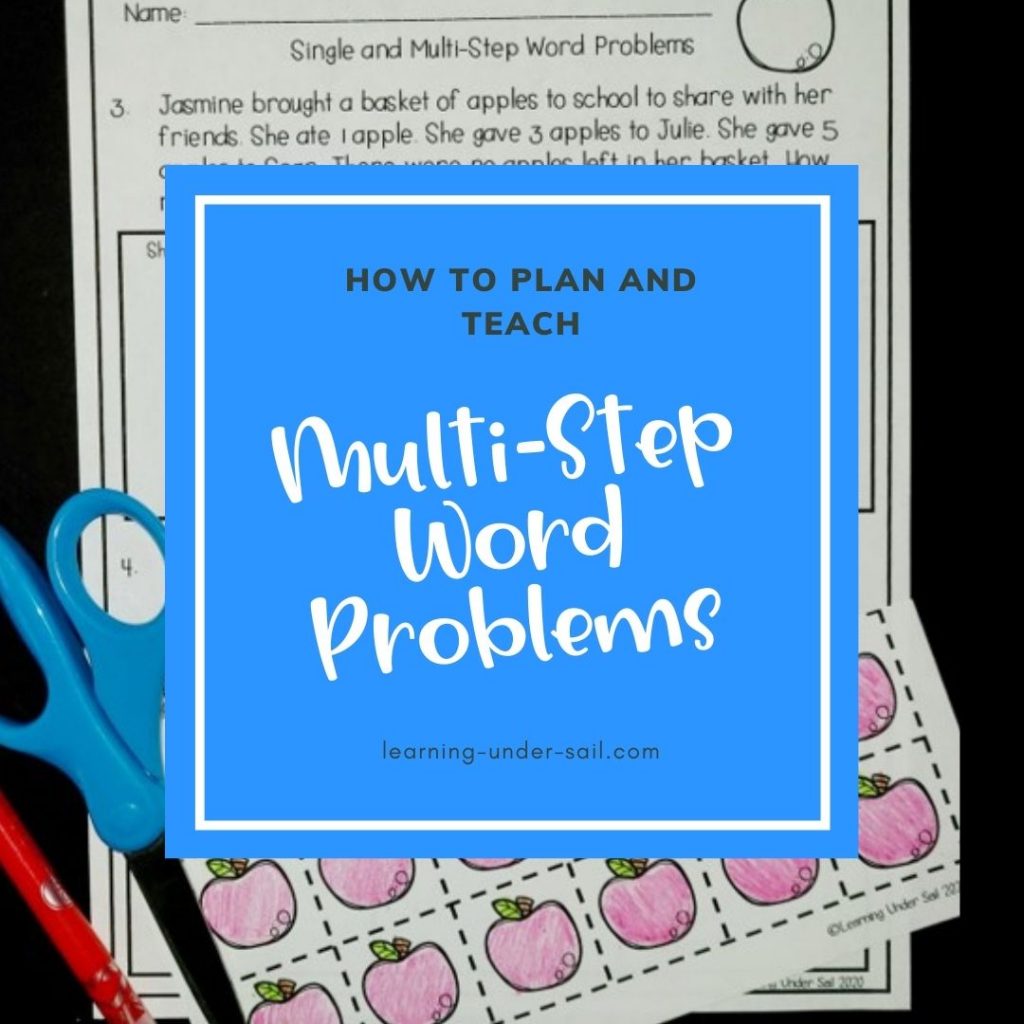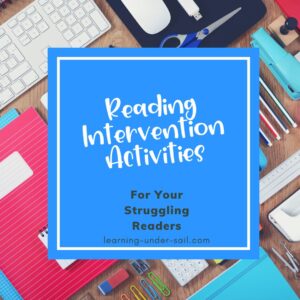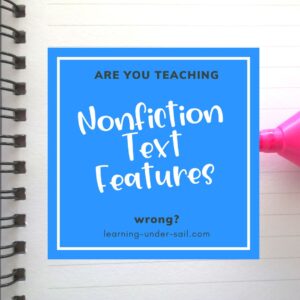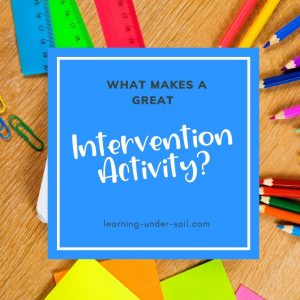How to Teach Multi-Step Word Problems 
Use these four easy steps to help your students master multi-step word problems.Are your students having trouble mastering multi-step word problems? It’s a tough skill, but I’m here to make your life easier by outlining simple lesson plans to help you take your students from intervention to mastery. Just follow the outline, teach your kids, and watch them grow.
Where to Start Teaching Multi-Step Word Problems?
Start with your data. Use your data to decide who needs to work on word problems. After you decide who needs to work on the skill, pull out the word problems that put these students in an intervention group. Ask the students:
- What were you thinking when you saw this problem?
- Were there any words that you didn’t know?
- Show me how you would solve this problem.
- Why did you decide to ___?
Think of these questions as a formative assessment. Take note of student responses. Don’t judge students or tell them that they are wrong, praise them for being honest, listen, take notes. Smile. 🙂
Don’t Assume They Know
We all have assumptions about what students should know when they walk into our classroom, but the only way we can really know is to give some formative assessment.
Start at the beginning. When you plan any type of math intervention, think C-R-A.
- Concrete – Developmentally, students need to work with concrete objects to understand math concepts. This includes math manipulatives that students can touch and move. Examples include two-sided counters, counting bears, or any group of small objects the student can move.
- Representational – Once students can work with a skill at the concrete level, they are ready to represent their ideas as pictures on paper. There are many different ways that students can show their thinking with pictures on paper.
- Abstract – In this stage students solve problems with numbers and algorithms. When teaching an intervention group, be careful not to skip directly to this stage.
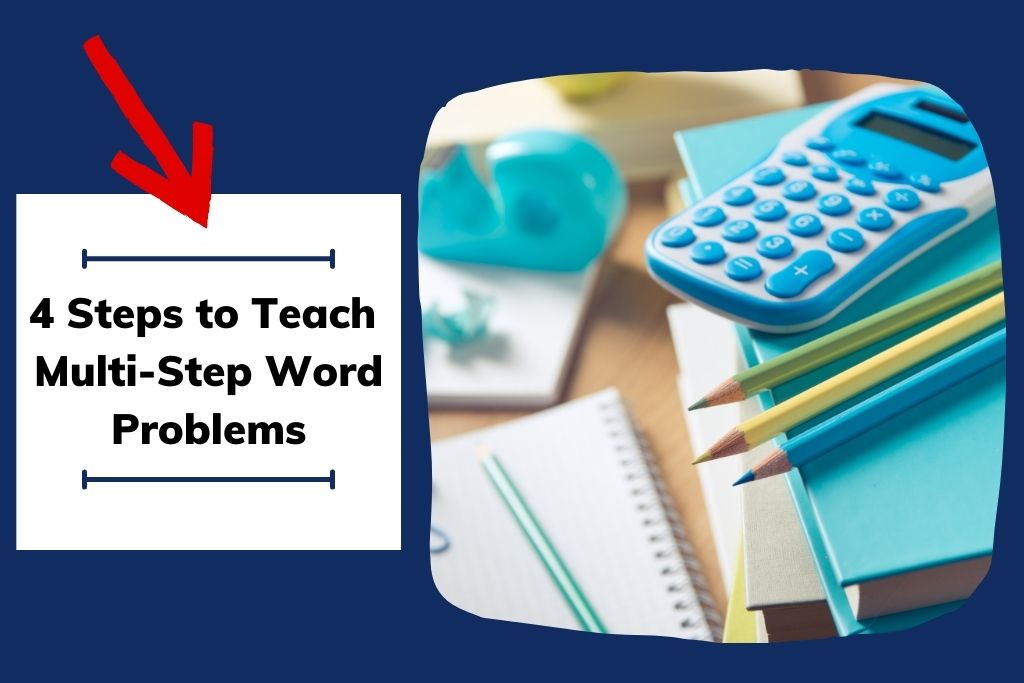
A Four-Step Intervention Lesson Plan For Teaching Multi-Step Word Problems
I recommend starting at the beginning of this outline, even if it seems too easy for your students. I always tell my kids that we’re focusing on the process and learning how to think, not just solving problems. You may make it through the first few steps of this outline in one day, but it is important to make sure that your students have the basic understanding needed before moving on to more complicated multi-step problems.
- Step 1 – Give students a simple one-step word problem and enough manipulatives to solve it. Have them show you how to solve it with manipulatives, solve it with pictures, and solve it with numbers. Do this with at least one addition problem and one subtraction problem. If students cannot show you the word problem in these three ways, practice the process with more simple one-step word problems until they have mastered the process. If you need a resource for these types of problems, you can check out my Introduction to Solving Multi-Step Problems here.

- Step 2- Move on to multi-step word problems with small numbers so students can use their manipulatives to solve the problem. Some students will be tempted to start writing numbers, so you may need to have them put their pencils away. Students can use their manipulatives to tell you or a partner a story about what is happening in the problem. After students can tell the story with numbers verbally, have them show their thinking on paper with symbols or pictures. Point out that not all representations need to look the same. Finally, have students solve the problems with numbers. Remind students that we are training our brains how to think, so it’s important to practice each step even if you know the answer. Students should practice at this stage until they can represent a multi-step word problem with manipulatives, pictures, and numbers without support from the teacher.
- Step 3 – Now students are ready to work with multi-step word problems with larger numbers. They should be able to skip the concrete stage and move to the representational stage, but you can still get out the base 10 blocks if your students need the practice. Continue to teach students to tell a story with their pictures before they solve their problem with numbers. Since you are still focusing on the process, use multi-step word problems without regrouping and borrowing. This allows the student to focus on the process of solving problems.
- Step 4 – It’s time for the grade-level appropriate numbers so students will solve addition and subtraction problems with regrouping and borrowing. Students should still show their thinking with pictures before solving the problem. If students have trouble here but have mastered solving problems without regrouping and borrowing, it’s time to move to intervention with regrouping and borrowing outside of practicing word problems.
Steps to Solve Multi-Step Word Problems:
- Read the problem and get the gist.
- Reread the problem and underline important information. (Note: Do not teach keywords.)
- Show your thinking with manipulatives. (In steps 1 and 2 above.)
- Show your thinking with pictures.
- Solve your problem with numbers.
There are many different strategies or steps that can be used to teach the process of solving word problems, so adjust the process to suit your students. Your students will start to feel more confident solving multi-step problems and you’ll see their success!
If you need a resource for differentiated word problems, check out my Multi-Step Word Problem Bundle in my TpT Store.
Need more resources for teaching Word Problems? Check out these articles:
Strategies For Solving Word Problems by The Teacher Next Door
14 Effective Ways to Help Your Students Conquer Math Word Problems by Jill Staake
How to Help Students Who Struggle With Word Problems by Room to Discover
